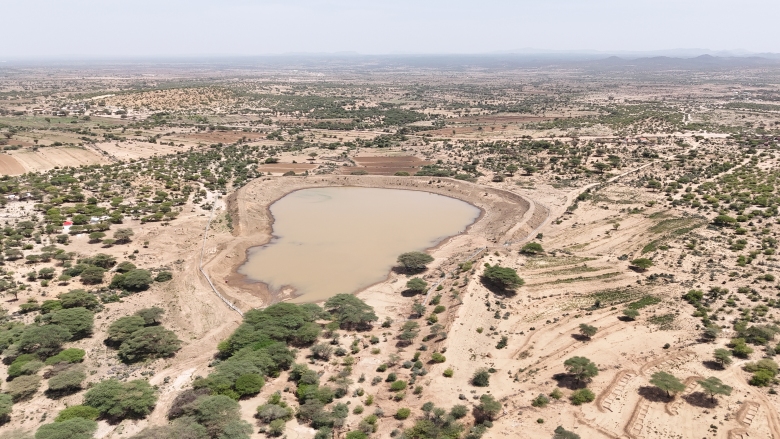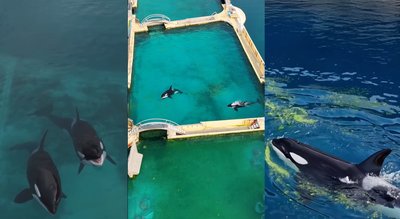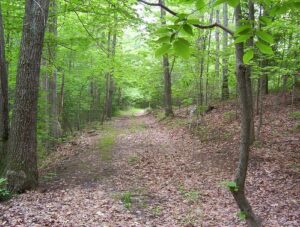Monitoring biological diversity – University of Delaware
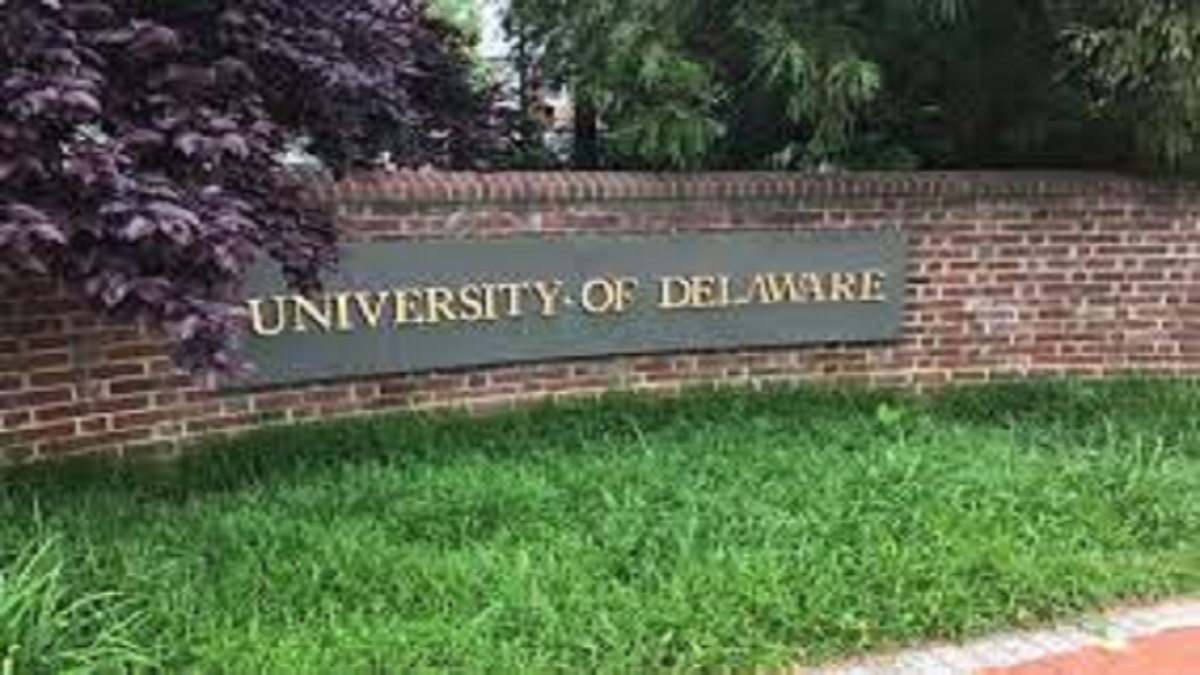
Report on Apian Pollination Research and its Contribution to Sustainable Development Goals
Introduction and Research Overview
An undergraduate research initiative at the University of Delaware is investigating the foraging patterns of bees through the analysis of honey. The study, conducted by senior biological sciences major Jillian Haverly under the guidance of Associate Professor Daniel McDevit, utilizes DNA examination of honey samples to identify the specific plants from which bees collect nectar. This project provides critical insights into pollinator behavior and ecosystem health, directly aligning with several United Nations Sustainable Development Goals (SDGs).
Research Objectives and Preliminary Findings
The primary objectives of the research are to understand the complexities of bee foraging behavior and its ecological implications.
- To identify the specific plant species bees prefer for nectar collection by analyzing pollen DNA in honey.
- To determine the typical foraging distance bees travel from their hives to access nectar sources.
- To analyze how plant preferences vary between different hives and change over seasonal periods.
- To provide beekeepers with actionable data to improve colony health and efficiency.
Initial findings from the study challenge common assumptions about urban versus rural bee populations:
- Urban bee colonies are observed to be thriving, largely due to the high density and diversity of flowering plants available in city environments like parks, gardens, and greenways.
- Conversely, bees in some rural settings may be required to travel longer distances to find diverse nectar sources, potentially increasing stress on the colony.
Alignment with Sustainable Development Goals (SDGs)
This research provides significant contributions to the global sustainability agenda, with direct relevance to the following SDGs:
- SDG 15: Life on Land: By identifying key floral resources for pollinators, the study directly supports the protection and restoration of terrestrial ecosystems. Understanding bee preferences helps in conservation efforts aimed at preserving biodiversity, as bees are a keystone species essential for the reproduction of countless plants.
- SDG 2: Zero Hunger: Bee pollination is fundamental to global food security, responsible for pollinating a significant portion of the world’s food crops. This research enhances our understanding of how to support healthy and effective bee populations, thereby strengthening sustainable agricultural practices and contributing to stable food production.
- SDG 11: Sustainable Cities and Communities: The finding that urban bees thrive underscores the critical importance of biodiversity within cities. This research provides an evidence-based rationale for urban planners and policymakers to prioritize the creation and maintenance of green spaces rich in diverse, native flora, making cities more sustainable and resilient.
- SDG 12: Responsible Consumption and Production: The project empowers beekeepers with scientific data to manage their colonies more sustainably. By planting preferred flowers closer to hives, beekeepers can improve bee health and increase the efficiency of honey production, promoting sustainable local agriculture and responsible production patterns.
- SDG 4: Quality Education: The project itself serves as a model for high-impact undergraduate research, providing students with hands-on experience in genetics, ecology, and forensic science. It exemplifies the role of higher education institutions in fostering the next generation of scientists equipped to tackle complex environmental challenges.
Conclusion
The DNA analysis of honey offers a powerful tool for understanding the intricate relationship between pollinators and their environment. The research conducted at the University of Delaware not only advances ecological science but also provides practical applications for conservationists, agriculturists, and urban planners. Its strong alignment with multiple SDGs highlights the critical role of localized scientific inquiry in addressing global challenges related to biodiversity, food security, and sustainable development.
Analysis of the Article in Relation to Sustainable Development Goals
1. Which SDGs are addressed or connected to the issues highlighted in the article?
- SDG 2: Zero Hunger
- SDG 4: Quality Education
- SDG 11: Sustainable Cities and Communities
- SDG 15: Life on Land
2. What specific targets under those SDGs can be identified based on the article’s content?
SDG 2: Zero Hunger
- Target 2.4: By 2030, ensure sustainable food production systems and implement resilient agricultural practices that increase productivity and production, that help maintain ecosystems…
Explanation: The article highlights the role of bees in pollinating “agricultural products like vegetables, fruits or nuts.” The research into understanding bee preferences and behavior directly supports the maintenance of these crucial pollination services, which are essential for sustainable food production and resilient agricultural ecosystems.
SDG 4: Quality Education
- Target 4.4: By 2030, substantially increase the number of youth and adults who have relevant skills, including technical and vocational skills, for employment, decent jobs and entrepreneurship.
Explanation: The article is centered on Jillian Haverly, an undergraduate student conducting research. She is gaining technical and scientific skills in “cellular and molecular biology and genetics” by “examining the DNA in honey samples.” This experience, described as potentially “life-changing,” provides her with relevant skills for a future career.
SDG 11: Sustainable Cities and Communities
- Target 11.7: By 2030, provide universal access to safe, inclusive and accessible, green and public spaces…
Explanation: The research reveals that “City bees actually thrive due to the diversity of plants found in cities in such a densely packed area.” This finding underscores the ecological value of green spaces and plant diversity within urban environments, connecting directly to the goal of creating and maintaining such spaces.
SDG 15: Life on Land
- Target 15.5: Take urgent and significant action to reduce the degradation of natural habitats, halt the loss of biodiversity and, by 2020, protect and prevent the extinction of threatened species.
Explanation: The article states that bee activity “supports the diversity of other things in the bee’s ecosystem, from plants to animals to insects.” The research, which aims to understand bee foraging habits, provides crucial information for protecting pollinators and, by extension, halting the loss of biodiversity that depends on them. - Target 15.9: By 2020, integrate ecosystem and biodiversity values into national and local planning, development processes…
Explanation: The research provides actionable data for beekeepers and potentially urban planners. By identifying which plants bees prefer, beekeepers can “act accordingly, like planting the preferred flower nearby.” This is a form of integrating biodiversity values into local land management and planning.
3. Are there any indicators mentioned or implied in the article that can be used to measure progress towards the identified targets?
Implied Indicators for SDG 15 and SDG 2
- Indicator: Diversity of pollen sources in honey.
Explanation: The research methodology involves “examining the DNA in honey samples” to determine “what plants bees get their nectar from.” This provides a direct measure of the plant biodiversity that local bee populations are utilizing, which is an indicator of ecosystem health and the resilience of pollination services for agriculture. - Indicator: Foraging distance of bees.
Explanation: The research seeks to answer, “How far will the bees fly to access the nectar to make honey?” This distance can serve as an indicator of the availability and health of local floral resources. Shorter travel times, as mentioned in the article, can imply a healthier, more resource-rich local ecosystem.
Implied Indicator for SDG 11
- Indicator: Diversity and density of pollinator-friendly flora in urban areas.
Explanation: The article’s conclusion that “City bees actually thrive due to the diversity of plants found in cities in such a densely packed area” implies that the variety and concentration of plants in urban green spaces can be measured to assess the quality of these habitats for supporting biodiversity.
Implied Indicator for SDG 4
- Indicator: Number of undergraduate students engaged in faculty-mentored research.
Explanation: The article is framed as a spotlight on a student research experience, noting that “hundreds of undergraduates at the University of Delaware pursue research under the guidance of a faculty mentor.” This number serves as a direct indicator of students acquiring advanced technical and research skills.
4. Table of SDGs, Targets, and Indicators
| SDGs | Targets | Indicators |
|---|---|---|
| SDG 2: Zero Hunger | 2.4: Ensure sustainable food production systems and implement resilient agricultural practices that help maintain ecosystems. | Diversity of pollen sources in honey (as a proxy for pollinator support for agriculture). |
| SDG 4: Quality Education | 4.4: Substantially increase the number of youth and adults who have relevant skills, including technical and vocational skills. | Number of undergraduate students engaged in faculty-mentored research. |
| SDG 11: Sustainable Cities and Communities | 11.7: Provide universal access to safe, inclusive and accessible, green and public spaces. | Diversity and density of pollinator-friendly flora in urban areas. |
| SDG 15: Life on Land | 15.5: Take urgent and significant action to… halt the loss of biodiversity. | Diversity of pollen sources in honey; Foraging distance of bees. |
| 15.9: Integrate ecosystem and biodiversity values into national and local planning. |
Source: udel.edu

What is Your Reaction?
 Like
0
Like
0
 Dislike
0
Dislike
0
 Love
0
Love
0
 Funny
0
Funny
0
 Angry
0
Angry
0
 Sad
0
Sad
0
 Wow
0
Wow
0

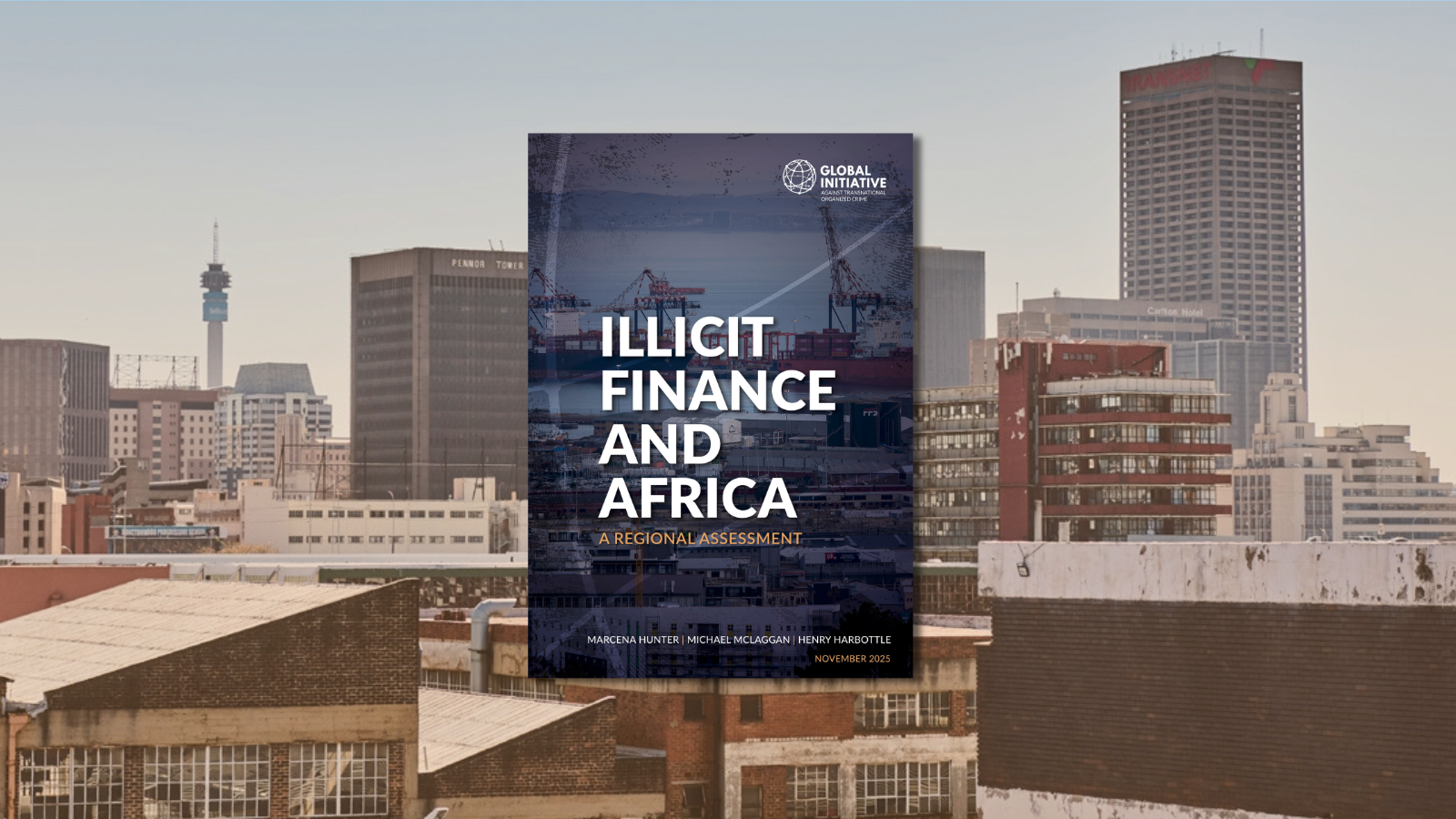








/campaigns/16-days-of-activism-against-gender-based-violence/pr-web-banner.tmb-1200v.jpg?sfvrsn=8cc7b98e_1#)






























